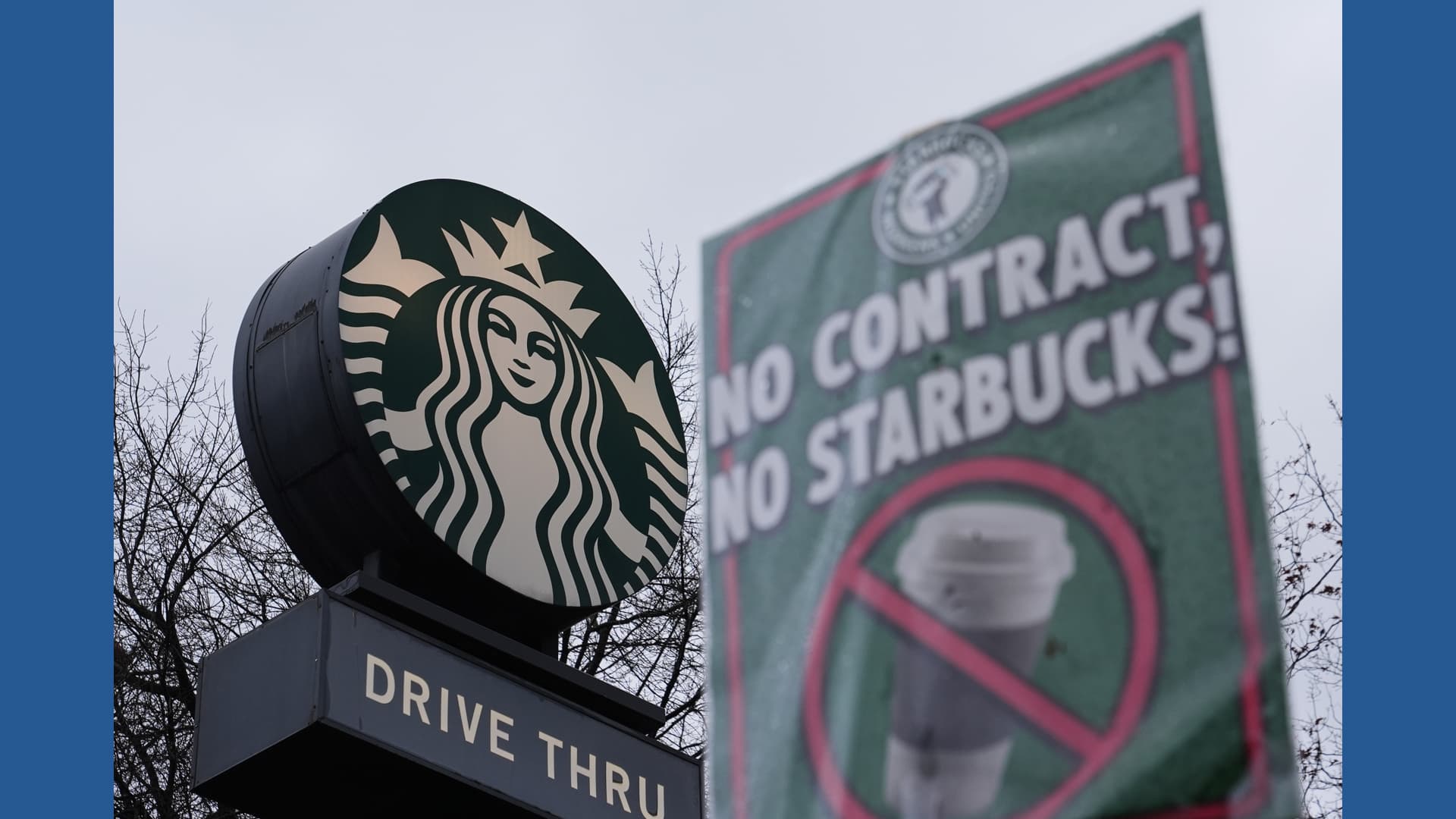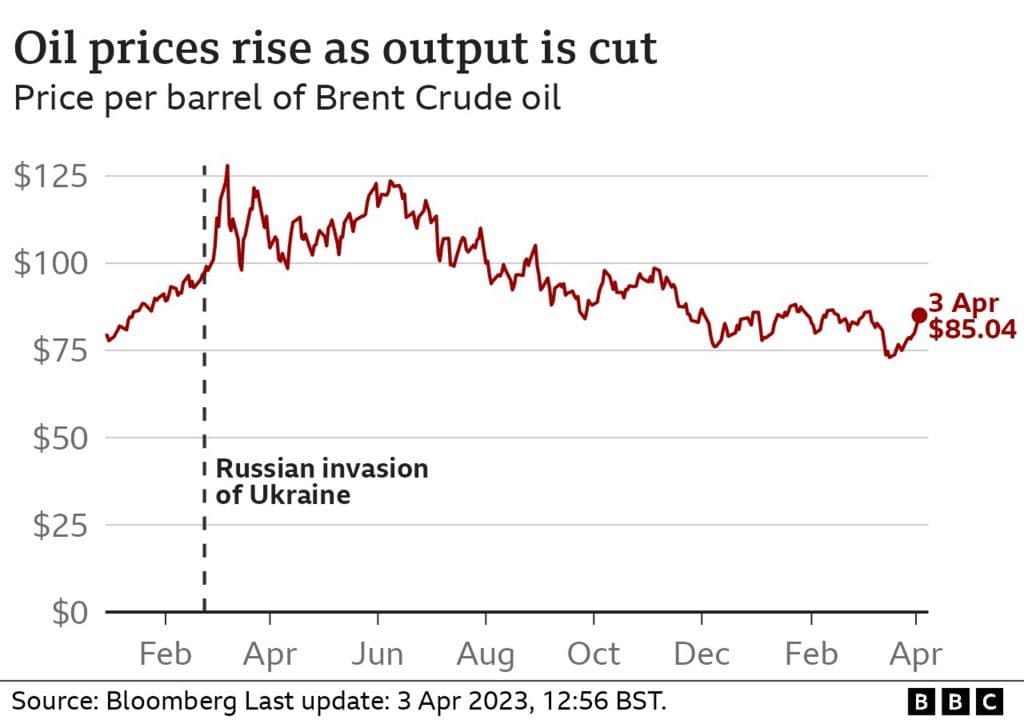Starbucks union expands strike, 30 more stores join across 25 cities
Starbucks Workers United said 30 additional company owned stores joined a week long labor action on the company’s peak Red Cup Day, bringing about 95 stores across 65 cities into the strike. The action presses demands for higher pay, better staffing and resolution of hundreds of outstanding unfair labor practice charges, raising fresh questions about holiday sales and long term labor costs.

Starbucks Workers United announced on November 20 that baristas at 30 more company owned stores in 25 U.S. cities would join a labor action that began roughly a week earlier, increasing the number of striking stores to about 95 across 65 cities. The expansion coincided with the company’s Red Cup Day, traditionally one of the chain’s busiest seasonal promotional events, a timing aimed at amplifying bargaining leverage during peak consumer demand.
The union is pressing for higher wages, improved staffing standards and a resolution of hundreds of outstanding unfair labor practice charges lodged against the company. Organizers said additional stores stand ready to join if negotiations do not make progress, signaling a strategy of escalating disruptions targeted at key sales moments to extract concessions from corporate management.
Starbucks responded that the disruption to overall operations has been limited and reported record Red Cup Day traffic and sales. The company reiterated it is willing to resume talks when the union returns to bargaining. Those competing narratives underline a central tension in the dispute. On the one hand the chain is pointing to intact consumer demand and robust transaction volumes during a crucial merchandising push. On the other hand the union is seeking to convert episodic walkouts into sustained bargaining pressure that could influence staffing levels and labor expenses across the system.
The immediate economic impact appears mixed. Reported record traffic on a major promotional day suggests that, for now, sales momentum during the important holiday window has not collapsed. However, the strike expansion introduces downside risk if walkouts widen or persist into the December shopping season. For a business where labor is a large component of operating costs, a successful push for wage increases or binding staffing commitments would raise unit labor expenses and could compress margins unless offset by price increases, productivity improvements, or slower corporate expansion.
Beyond direct financial effects, the dispute carries broader market and policy implications. The attempt to coordinate walkouts across dozens of cities on a high profile retail day underscores growing organizational capacity in the service sector. That dynamic could increase bargaining leverage for unions and prompt other large employers to reassess wage and scheduling practices. Policymakers and regulators may also face renewed scrutiny over the dozens of unfair labor practice charges cited by the union, which could influence legal and regulatory interventions.
For shareholders, managers and consumers the immediate watch points are whether the union can sustain escalation without eroding public support, and whether Starbucks can resolve the charges and contain labor costs while maintaining the customer experience that drove the company’s reported Red Cup Day results. As both sides signal readiness to negotiate, the coming days will determine if the confrontation remains a localized series of walkouts or evolves into a broader, season defining labor conflict with longer term consequences for retail labor economics.

